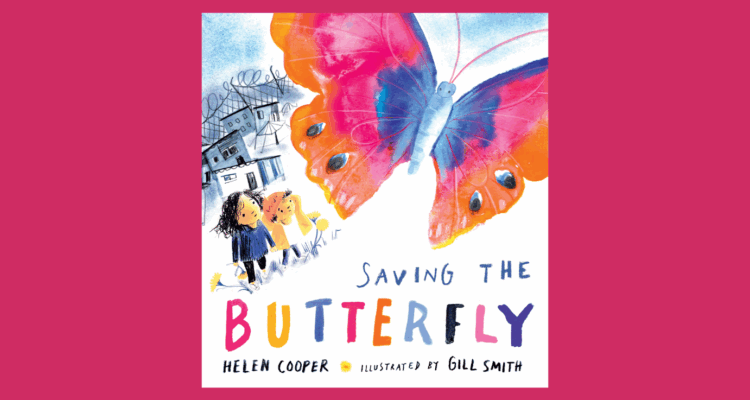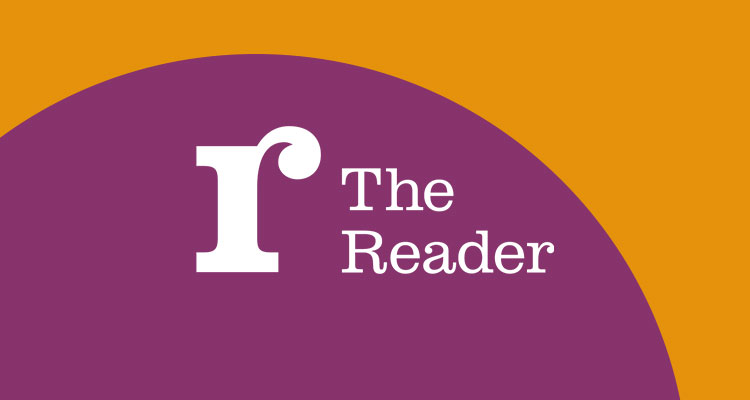Recommended Reads: Gould’s Book of Fish by Richard Flanagan
Gould’s Book of Fish: a novel in twelve fish, by Richard Flanagan
(London: Atlantic Books, 2002), pp. 404.
Chris Pak was born and grew up in Hong Kong and is currently completing an MA in Science Fiction Studies at the University of Liverpool. Apart from sf and music his interests include postcolonialism and environmentalism which he plans to study at PhD level later this year under an Allott Graduate Teaching Assistantship.
Published in 2001 by Australian author Richard Flanagan and winner of the 2002 Commonwealth Writers Prize Gould’s Book of Fish is a fictional journal based on the historical convict artist William Buelow Gould’s life and incarceration at the Macquarie Harbour penal colony on Sarah Island in Tasmania, Australia. Our narrator Sid Hammet finds the journal in a junk shop and is startled and enchanted by the record of a suppressed history of the colony as recorded by the fictional Gould. His attempts to validate the journal’s authenticity fail and he subsequently loses it while drunk in a hotel. He resolves to re-write the book from memory, a story ‘which began as a fairy tale and ended as a nursery rhyme’ (4).
Gould’s Book of Fish can be considered a magic realist text. It draws upon the myth of the kelpy, ‘a spirit of the waters in the shape of a horse’ (81) and parallel’s its ability to metamorphose and thus escape pursuit and captivity with the stories of flight that the black Capois Death, ‘a Maroon from Liverpool’ (77), tells of his ancestors. It is a book deeply concerned with freedom and colonialism and it focuses on how Science and its associated myth of Progress, along with the progress generated by Commerce, relied upon the oppression of many peoples including black natives of Tasmania, slaves from African countries and the criminal class of England. It examines how these ideas were in turn used to justify their oppression and goes further by giving a voice to Gould and therefore to the suppressed experiences that never made it into history for the lack of a record. Gould looks for truth not in facts, which have been used to write many voices out of history, but in stories, and in this way finds for himself a justification for his illicit journal. Gould discovers that Jorgen Jorgenson, the colony’s administrator, is engaged in this manipulation of history and he realises that ‘if freedom […] exists only in the space of memory, then he & everybody he knew were being condemned to an eternity of imprisonment’ (290).
So it is against the context of the Commandant and Jorgenson’s ‘temporal tyranny’ (246) and against the taxonomic ambitions of Gould’s patron, the Surgeon Mr. Lempriere, to classify first the fish of Macquarie Harbour then the native population with the spurious aim of proving the racial inferiority of blacks that Gould’s journal takes shape. As the narrator tells us it is written in whatever inks he could manufacture, from his own blood to the ground purple spines of whelks, and the text reflects this by alternating the colour of ink the narrative is printed in. It is divided into twelve sections each preceded with an image taken from the real Gould’s Book of Fish which is, as we are informed by the copyright page, ‘held by the Allport Library and Museum of Fine Arts, State Library of Tasmania’. Each fish possesses characteristics corresponding to a character in the text. In this way the relationship between men and fish is brought closer together. The narrator himself claims that the fish he paints ‘were colonising me as surely as Lieutenant Bowen had colonised Van Dieman’s Land all those years ago’ (214) and later that ‘this was not a colony of men at all, but a colony of fish’ (250). The text stretches this metaphorical relationship between fish and man past breaking point as the narrative progresses towards its fantastic conclusion.
The book as the initial narrator finds it is written in a circular fashion. As the text ends the book has been turned over and continued backward and in between the lines already written. Furthermore, as he continues reading, Hammet finds that the book possesses a ‘trait so peculiar as to be unbelievable – the refusal of its story to end’ (24) – the narrator continually comes across addendum written in the margins and extra pages stuck together or loose in the journal that he missed before. The narrative itself reflects this and the plot loops back upon itself in a surprising way that defies the logical linear narrative and forces us as readers into an already troubling relationship with the truth of the narrator’s story. Gould explains that ‘Stories as written are progressive, sentence must build upon sentence as brick upon brick, yet the beauty of this life in its endless mystery is circular’ (352). If this story’s aim is to represent this circularity it does so while portraying a world where miracles are not isolated to the fairy tales of some long ago time, bearing in mind as we must that the narrative is itself represented as a fairy tale. But it is exactly this relationship between world and book and the process of colonialism to that relationship that Gould reacts against with such horror. He says of the administrator’s rewriting of history that ‘the world no longer existed to become a book. A book now existed with the obscene ambition of becoming the world’ (291).
Gould’s Book of Fish expertly portrays the horrors of torture and violence associated with the historical colonisation of Australia and does so through Gould’s irreverent and humorous style of expression. The narrative tone is genuinely enjoyable as when Gould uses delightfully playful euphemisms, such as referring to sex as ‘“Dancing the Enlightenment”’ (97) and ‘the old Dutch still life’ (114). He tells us that ‘life is best appreciated as a joke when you discover all Heaven and all Hell are implicit in the most insignificant’ (54). This humour therefore works at times to starkly underline the horror of violence through a skilful use of ambivalent understatement or through the withdrawal of the narrator’s characteristically playful tone.
The humour of the text is further played out to provide alternate perspectives on famous historical figures that undercut our awareness of them, such as when Gould meets and works with Jean-Babeuf Audubon (John James Audubon), who published the Birds of America, and Thomas De Quincey, who we meet only through his letters, written under the pseudonym Miss Anne, to the Commandant. With the remarkable ability to oscillate between humour and tragedy and its direct challenge to literature both in its content and through is genre transgressing form Gould’s Book of Fish is a well written book that uses fantasy to paint an alternate picture of history and therefore of the present and does so to give voice to a type of truth suppressed from the historical record. It is a book about colonialism and its concomitant oppression but it is also a book about writing itself and its place within the world. It is a work both funny and tragic but ultimately enlightening.
Posted by Chris Pak
Share
Related Articles

Storybarn Book of the Month: Saving the Butterfly
This month, as part of Refugee Week (16-22 June), we've been taking a look back at one of our favourites…

June’s Stories and Poems
This month we are celebrating the natural world, and especially the many wonderful creatures that live within it, with June’s…

April’s Monthly Stories and Poems
Our year of Wonder with The Reader Bookshelf 2024-25 is coming to a close – though we won’t be putting…


